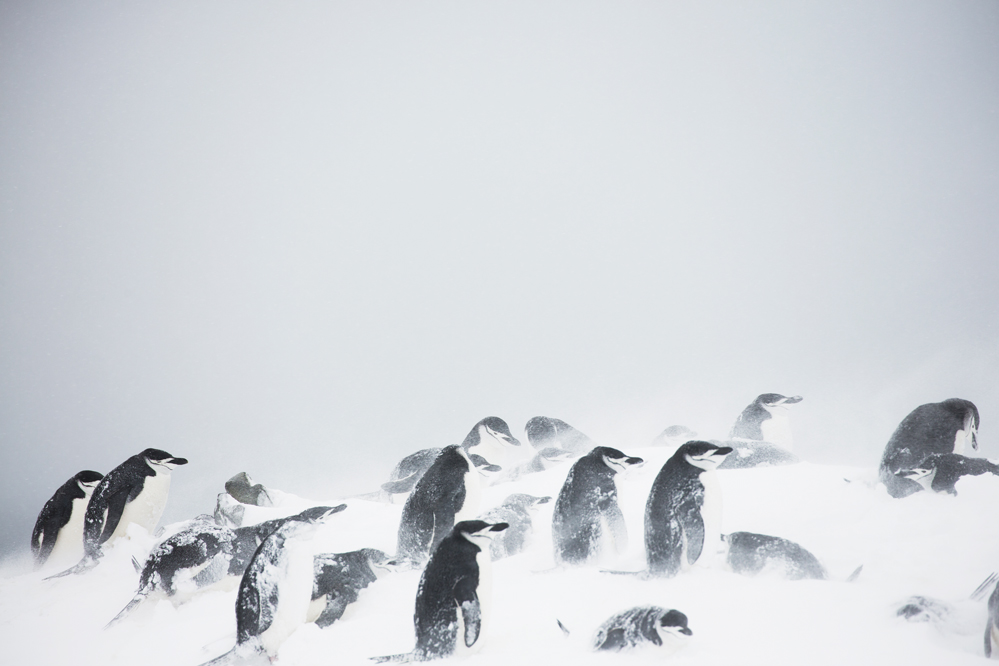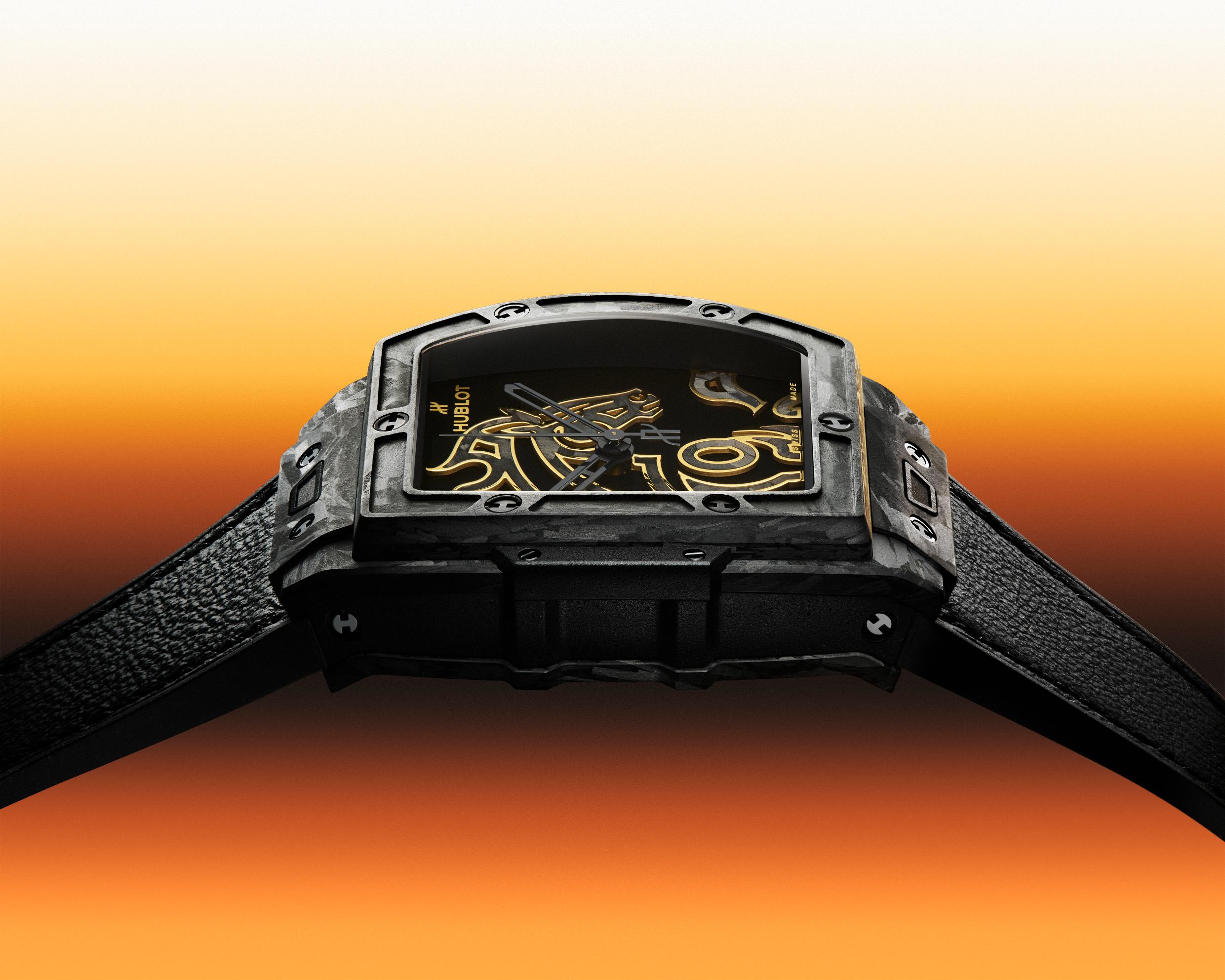
Forty years ago, two Viking spacecraft landed on Mars in search of extraterrestrial life. To the disappointment of scientists at NASA, the American space agency which organised the mission, none was found. After that mission, NASA started conducting research and testing in Antarctica to help it better understand space, recognising that it’s the closest we come to visiting another planet without leaving ours.
Extreme beauty and brutality collide in Antarctica’s seemingly infinite wilderness of ice and rock, jagged peaks, ancient glaciers, sweeping plains and massive icebergs. Superlatives are the norm. “It’s the coldest, windiest, driest, highest and most remote continent,” says geologist and glaciologist Bob Gilmore, who spent four seasons at McMurdo Station, a United States Antarctic research base. “It’s a desert and the place is on a scale you need to see to understand. It will blow you away,” he says.
Also known as the White Continent, 99 per cent of its 14 million square kilometres is covered by ice. Though almost colourless, the frenetic duel of elements produces an astonishing palette – a thousand shades of grey and white. Sun, cloud, snow, ice, wind, earth and water paint a dramatic swirl of landscapes within the blink of an eye, four seasons in a minute.
Only the hardiest survive in this topsy-turvy realm, cloaked in night for half a year and bathed in light for the rest. There are no trees or bushes, but there is rock. “Rocks are cool,” says Gilmore. “Without rocks, there would be no ice or glaciers. Without them, there would be no destination, no Antarctica. Rocks are the foundation for nearly everything.” Rocks allow penguins, seals and birds to thumb their beaks and flippers at nature and come here to roost, breed and feed. Despite, or perhaps because of, its inhospitality, Antarctica captivates our imagination like nowhere else.
Scientists are not the only ones seduced by the otherworldly appeal of Antarctica. Since its discovery in 1820, scores of explorers have attempted to outdo one another for king, country and personal glory, many sacrificing their lives along the way. The heroics of the likes of Ernest Shackleton, whose failed bid to cross the continent was exceeded by the triumph of human spirit, and Roald Amundsen, the first person to reach the South Pole, have turned them into legends. Nowadays, tens of thousands of visitors come to explore the ends of the earth in far greater comfort.
The gritty Argentine port city of Ushuaia, the southernmost in the world, is the jumping-off point for our 10-day Antarctic adventure. Nearly all ships sail to the Antarctic Peninsula, on the continent’s west, a two-day journey between the closest points of land. Crossing the world’s roughest sea is, for most, a necessary rite of passage to get there. Our ship, Sea Explorer 1 (soon to be rechristened Hebridean Sky), shudders and judders through swells of 5 to 8 metres, though 12- to 15-metre swells are not uncommon. There is little to see but grey clouds, whitecaps, the heaving horizon and trails of albatrosses, petrels and terns swooping behind the ship’s slipstream.

Cruises are only as good as your crew and expedition team, and we’ve organised our journey through A2A Safaris, a2asafaris.com. Experts on-board include the geologist Gilmore, as well as an Australian ornithologist and German marine biologist. Hannah Lawson, our expedition leader, is a hearty, funny Englishwoman who inspires confidence, with more than 60 sailings to Antarctica under her belt.
The ship’s education coordinator, Sunniva Sorby, was part of a team of four women who became the first females to ski across Antarctica. “I’ve been coming down for more than 20 years and I am always awestruck by the enormity of the place, the grandeur of it, the ice, the light and the water,” she says. “Here, I find everything in the nothingness.”
Exiting the Drake Passage, days are spent criss-crossing the northern tip of West Antarctica, sailing through straits and channels, from islands to bays. Tentative itineraries are posted each day, but we are at the mercy of the weather, ice and currents, which dictate our programme. The ship’s bridge is open to passengers and we are often found up there, enthralled as Andrey Rudenko, our Russian captain, and his officers plot coordinates, navigating a complex moving puzzle through pack ice and around icebergs.
Gasps are audible when land is finally sighted. Thanks to favourable conditions, we reach the cusp of Antarctica, the South Shetland Islands, ahead of schedule. The sea calms, clouds part, the sun illuminates icy peaks and plains and we’re dazzled by the polar white snow and sparkling sea. We smell the penguins before we see or hear them, the stench of dung wafting through as our inflatable Zodiacs approach the Aitcho Islands for our first landing. It’s nesting season and thousands of gentoo, chinstrap and Adélie penguins honk and bray, waddle, hop and fight for precious pebbles with which to build their homes on this desolate outcrop.
At Cierva Cove, whales come in to play among a stunning iceberg cemetery. Currents sweep towering columns of sculpted icebergs into the deep inlet, the etchings of millennia writ large on their surfaces. Clouds hang low in this ethereal wonderland as a pair of humpback whales spy-hop. Their knobby heads poke through the water to get a closer look at us, then pass under our boat to emerge on the other side. A plume of spray drifts our way, then the whales arc gracefully before disappearing into the deep.
Herds of giant elephant seals are the stars at Walker Bay, where we make another landing. Males weighing up to 3 tonnes bark, snort and roar in their bid to establish or reinforce supremacy. Rolls of blubber shiver along their corpulent bodies as they flounder forward on the ground. Here, it seems one can’t have too much fat.
Only a privileged few get to kayak in Antarctica. Before going near a paddle, there is kit to don, including an airtight dry suit. Slipping my head through, I imagine it’s what coming out of the womb feels like. Following thorough safety briefings and checks, we launch from the shore of Danco Island, which teems with gentoo penguins, Antarctic terns, blue-eyed shags, snowy sheathbills, kelp gulls and brown skuas.
Fog shrouds the mountains and there is barely a sigh of wind. We glide through the maze of an iceberg graveyard, then, as snow starts drifting down, we stop, spellbound by the tranquillity. Silence, though, is rarely absolute in Antarctica. A boom, like a cannon, is heard as a glacier calves, icebergs creak and grind together, and brash ice clunks into our kayak. It’s a near transcendent experience.
Not everything goes our way. Strong katabatic winds, which thunder down from mountains in the continent’s interior, prevent planned landings at Brown Bluff, a glacial volcano, and Gourdin Island, both in the Antarctic Sound. Disappointment is contained by the excitement of witnessing some of the most spectacular scenery of our trip, as we thread past tabular icebergs to the entrance of the Weddell Sea. A vast expanse of blinding white ice covers the sea and bright sunshine turns exposed water an intense cobalt blue. Further along, our path is blocked by the prosaically named B15Y, a tabular iceberg measuring 22 kilometres long and 3.7 kilometres wide. Its scale is difficult to comprehend, a flat-topped behemoth stretching as far as the eye can see.
Elements conspire against us landing at Port Lockroy, a British base with a post office where many were hoping to send postcards from. And wind and ice put paid to our hopes of camping in Antarctica, the closest we would have come to replicating the brave explorers of times past.
We experience the thrill of sailing into the heart of an active volcano at Deception Island, our final stop before returning to Ushuaia. The scene is like a post-apocalyptic Mad Max movie set, an abandoned former whaling station strewn with rusting tanks and boilers and dilapidated buildings. Ash covers the glaciers, steam rises from black volcanic sands and ice blankets the bay. The foolhardy among us elect to undertake a polar plunge here. I sprint into the water, dive in and race back out again, the shock of the cold tempered by adrenaline.
Tramping through such pristine beauty, it’s natural to ask if we should be here at all. I put the question to the expedition team. Lawson is unequivocal. “You shouldn’t just leave it to the scientists to tinker with things,” she says, adding that clear guidelines are in place to minimise the impact of tourism. “It’s important for other people to experience and appreciate the place, then go and advocate for it.” The sentiment is echoed by other team members, and they’re not just saying it because it’s their job. Their passion for what they’re doing, and for Antarctica, is evident and they return season after season, practising what they preach.
During our sailing, the United Nations Climate Change Conference takes place in Paris. Immediately after our trip concludes, a historic agreement is reached between 195 countries, setting targets to reduce carbon emissions. Implementation will be challenging. Perhaps, then, it is better to go to Antarctica – where climate change is already having a huge impact – now, while we can, and fight to preserve it. You don’t need to go to another planet to appreciate how incredible this one is.






